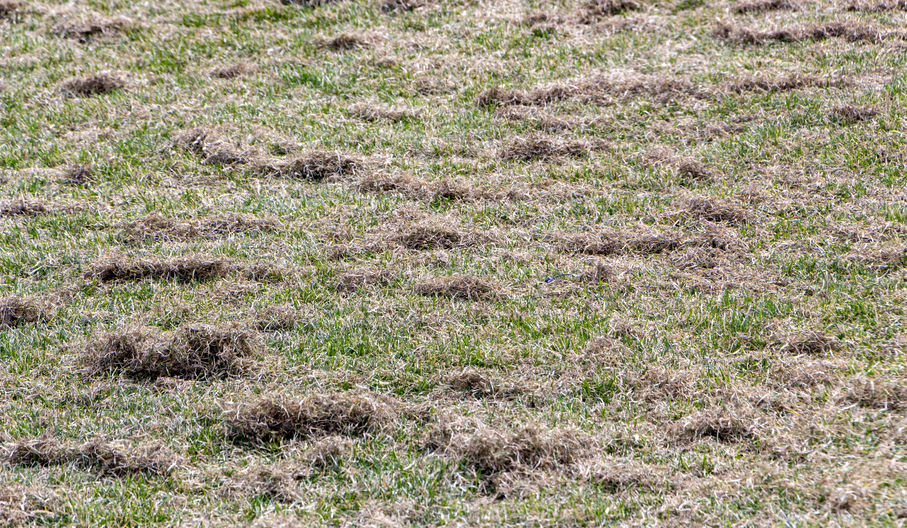
Getting Your Lawn Ready For Spring Now The Snow Has Melted
: 5 Minutes to Read
Every homeowner looks forward to the arrival of spring, especially following a long, harsh winter. You aren’t the only one who is happy about it, your lawn is relieved, too. Just think about how it felt under the weight of rain, ice, and snow. It’s had just about enough of that. There is nothing more exciting than watching the ice melt, the banks of snow disappear and seeing the sun again. What does that mean for your lawn? Let’s get ready for spring!
Tackle The Piles
Step one is to help the ice and snow on its journey because the sooner it’s gone, the quicker your lawn will go back to green. The piles of snow stacked up on your driveway and on the paths are going to take longer to melt than the stuff on your lawn. So, break these piles up, and shovel them away. You can spread them (evenly) in spots where ice and snow have already melted. This should speed up the process.
Your lawn isn’t going to look great. It isn’t supposed to, it’s had a long winter. However, all it takes is some tender loving care and it will be back to normal in no time.
Damage Control
It is fairly common for your lawn to experience some type of damage due to winter weather. The severity of it will differ from lawn to lawn. You are likely to experience rodent tunneling, salt damage, and perhaps snow mold. Once you have identified the damage, you can tackle it repair your lawn. Just remember, your lawn is resilient. You may think the damage is beyond the pale, but if you take the right steps your lawn will bounce back in no time.
So, the first step is to get raking. This is a key step, especially if you didn’t get it done properly before the winter weather rolled in. You will want to use a soft leaf rake to avoid doing any damage to your lawn. At this point, it’s delicate and going at it too hard can rip and tear it up. A light raking will help free matted blades and get the airflow going.
Next Steps
Be sure that you remove all debris from your lawn – that means excessive clippings, leaves, twigs, branches or sticks. Absolutely nothing should be left on the lawn when your job is complete. You don’t want anything to get in your way when you tackle the mowing, fertilizing, seeding, etc.
Raking does more than just debris removal. It also removes that buildup of thatch layers. Any dead or decaying blades will be removed during the raking process.
Snow mold is a fairly common disease that affects lawns. It definitely looks much worse than it actually is. Lightly raking over those areas will help the lawn’s recovery.
Small rodents can wreak havoc on your lawn. Meadow voles are one of the biggest culprits. They tunnel across the lawn’s surface when it’s covered in snow. This damage will be worse when there is dead grass and debris on the lawn. This is something else that can be remedied with raking.
